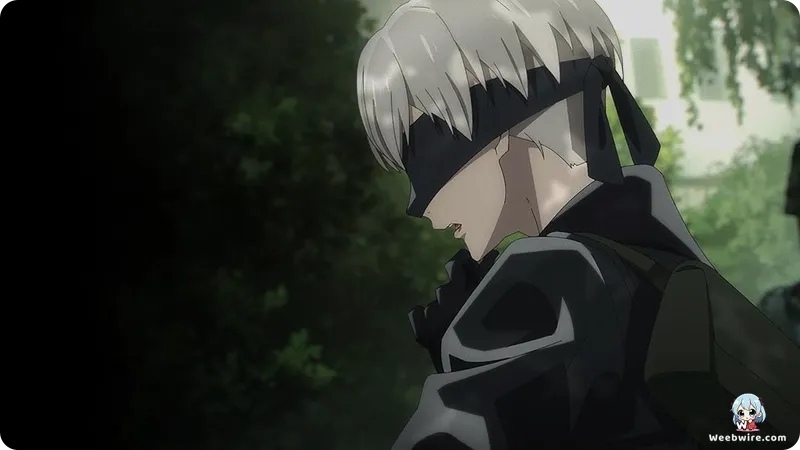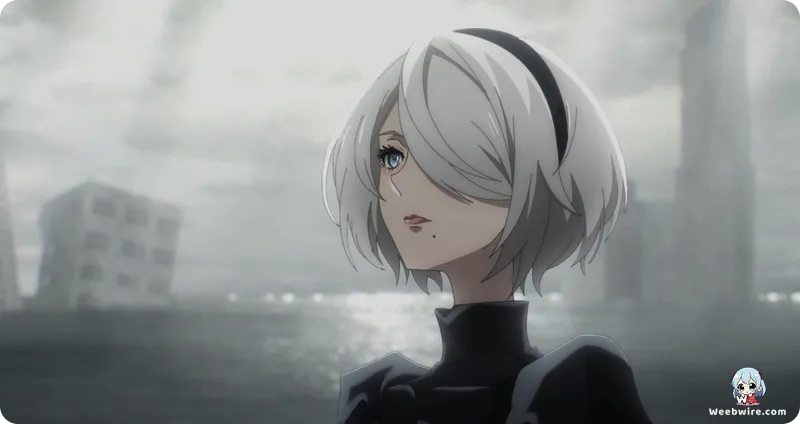Unpacking NieR:Automata Ver1.1a: How Yoko Taro's Vision Shaped a Unique Anime Adaptation

The anime adaptation, NieR:Automata Ver1.1a, has translated the video game's narrative and visuals. The series offers insights into its creative process and approach to source material fidelity.
The Significance of 'Ver1.1a'
A pivotal revelation lies in the anime's distinctive title: 'Ver1.1a'. This is a deliberate signal from creator Yoko Taro. Taro clarified that 'Ver1.1a' indicates the anime is not a direct, one-to-one recreation of the game's primary storyline. Instead, it invites viewers to anticipate thoughtful deviations, expanded narratives, and fresh elements, exploring the rich NieR:Automata universe from a new perspective. This strategy set clear expectations, promising surprising twists that echo the original game's multiple playthroughs, allowing for deeper dives into characters and subplots for an enriched, reimagined experience.
Yoko Taro's Deep Involvement
A cornerstone of the anime's authenticity is the profound involvement of Yoko Taro. Intimately engaged, Taro meticulously oversaw the script and directional vision for NieR:Automata Ver1.1a. His hands-on approach was instrumental in faithfully translating the intricate philosophical underpinnings and the distinctive, often melancholic, tone of the original game. His influence is palpable in the anime's masterful handling of complex themes, including existentialism, the essence of humanity, the cyclical nature of conflict, and the quest for purpose in a desolate world. Fans recognize his signature blend of bleakness and beauty.

Iconic Character Designs
The iconic character designs, particularly the blindfolded YoRHa units like 2B, also hold intriguing lore. Conceived by acclaimed designer Akihiko Yoshida, these blindfolds are more than aesthetic; they powerfully symbolize the androids' collective identity and their role as instruments in a perpetual war. They represent a forced detachment from individual will and their metaphorical inability to 'perceive' deeper truths. This impactful design choice robustly reinforces the game's central themes of duty, obedience, and suppressed autonomy, a visual metaphor seamlessly integrated.
The Celebrated Soundtrack
Furthermore, the soundtrack, a widely celebrated masterpiece by Keiichi Okabe and MONACA, plays an integral role. The anime skillfully integrates the game's iconic score, often re-orchestrating or strategically placing familiar tracks to evoke powerful emotions. Haunting melodies and ethereal vocalizations guide the audience through action, sorrow, and fleeting hope. The judicious choice to retain and expertly deploy the original score was pivotal, significantly contributing to the anime's success in capturing the essence of its source material and deeply satisfying its dedicated fanbase.
The Theatrical Origins
Lastly, a lesser-known fact links NieR:Automata to its unexpected theatrical origins. Prior to the game, Yoko Taro created a stage play titled 'YoRHa', exploring similar themes and featuring android characters. This precursor provided a foundational conceptual framework that evolved into the globally renowned video game. The anime, in a sense, brings the narrative full circle, returning it to a dynamic visual format while building upon years of intricate conceptual development. These illuminating details underscore the meticulous and thoughtful approach taken in adapting this beloved narrative, ensuring it remains faithful while offering fresh perspectives.
Credits
NieR:Automata Ver1.1a
Author
Yoko Taro
Cover Art
Akihiko Yoshida
Studio
Aniplex
Publisher
Square Enix
Producers





